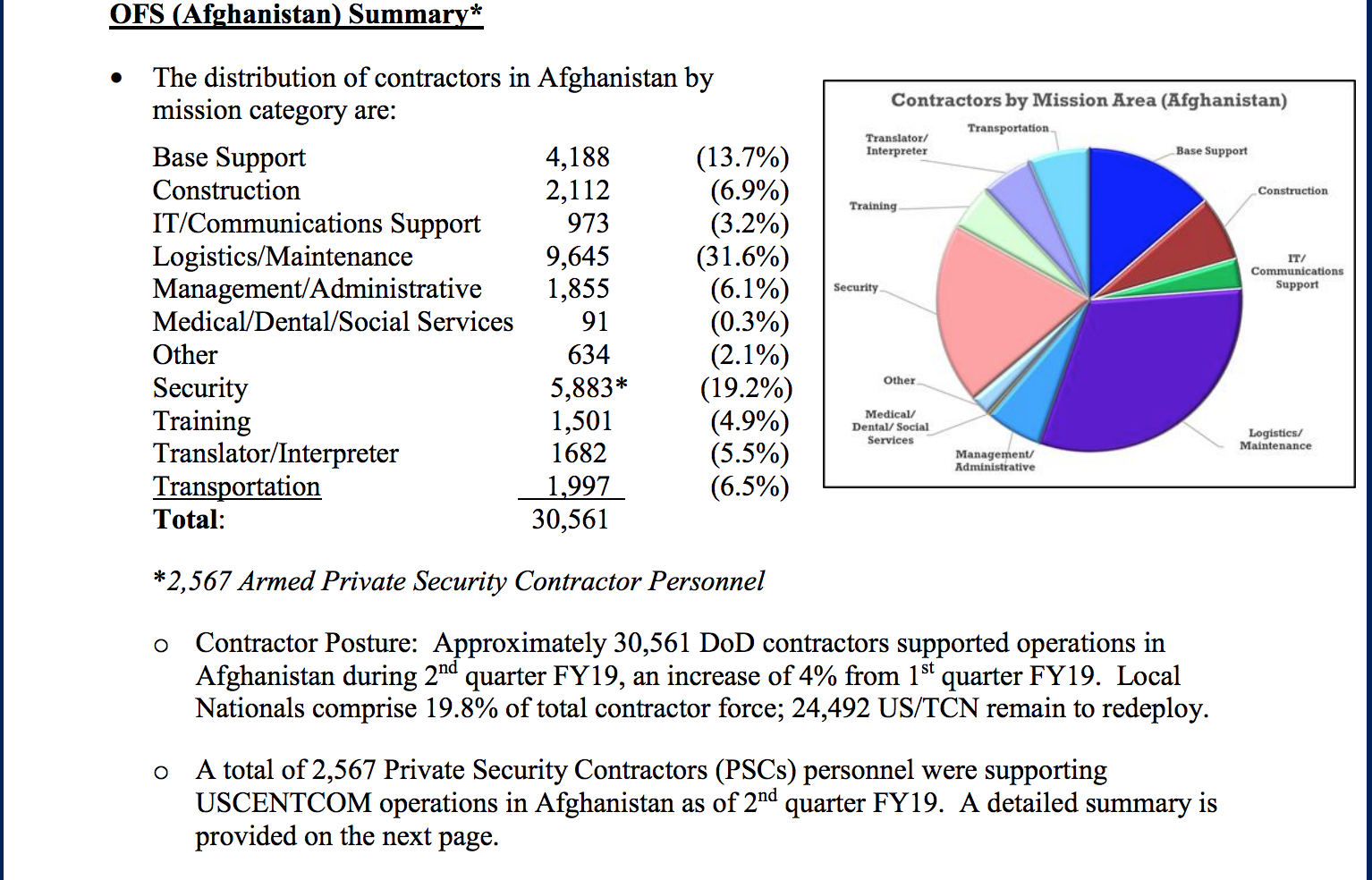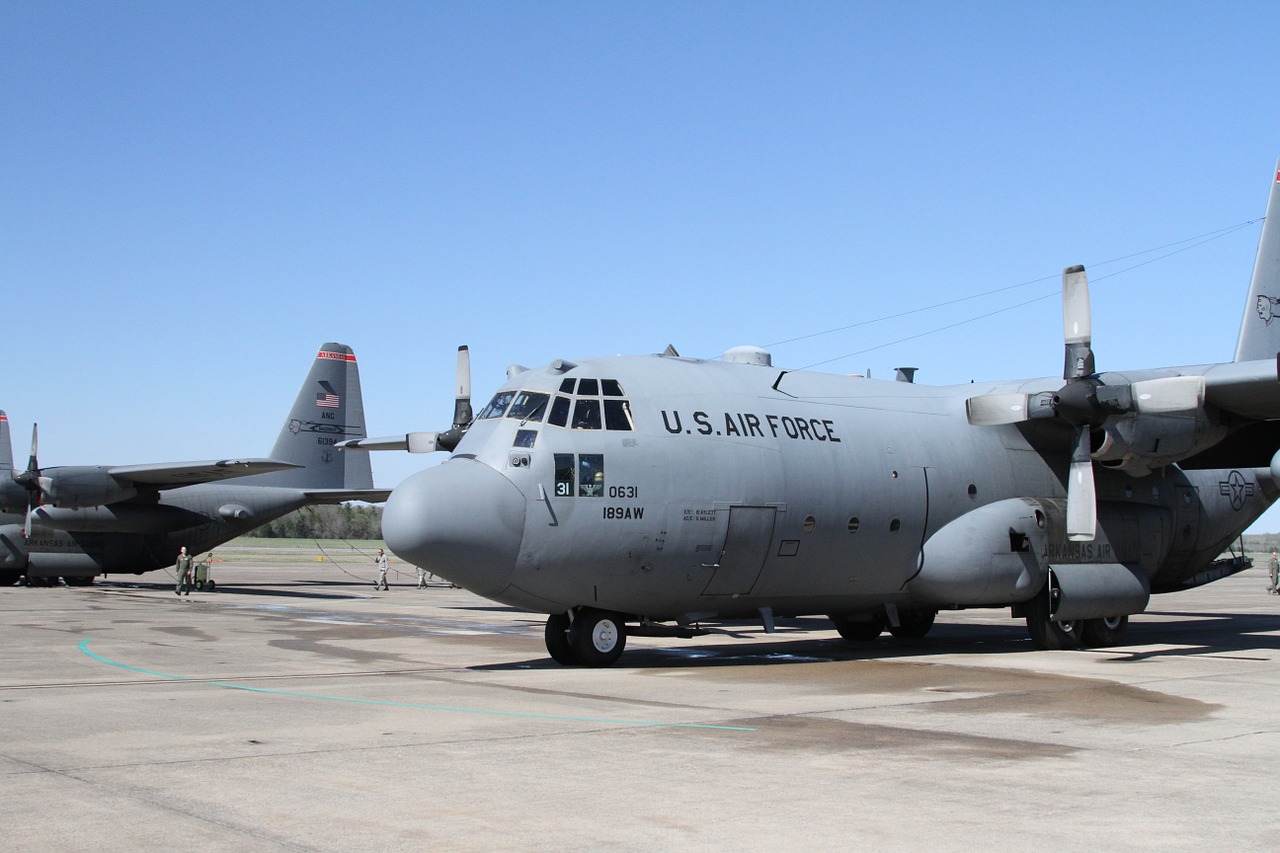From SpaceX’s multi-billion dollar NASA contracts, to the newly created United States Space Force, will the Defense Base Act be applied to this new world of defense spending? Controlling law suggests that the Defense Base Act will indeed apply, with such contracts representing a viable growth industry for Defense Base Act insurance companies, underwriters and defense contracting companies.
The Defense Base Act (“DBA”) is a federal workers’ compensation program providing benefits to those injured while working on U.S. governmental agency contracts in furtherance of any military purpose or public work. The DBA, 42 U.S.C.S. § 1651-1654, was enacted by Congress on August 16, 1941 to provide disability compensation benefits to a previously neglected subset of the American workforce, namely, overseas governmental contractors.
At the time of the creation of the DBA, the concept of space exploration was but a dream, and the United States would not walk on the moon for another twenty-eight years. Seventeen years after the enactment of the DBA, president Dwight D. Eisenhower created The National Aeronautics and Space Administration (“NASA”) under the National Aeronautics and Space Act of 1958. NASA was created as an independent agency of the United States Federal Government responsible for the Nation’s space program, as well as aeronautic and aerospace defense applications.
Although NASA’s public-facing perception is primarily a “civilian” agency, in practice NASA has acted as the United States military’s arm in space since its inception. According to Smithsonian Magazine:
“NASA and the military also maintain a strong relationship. Over the decades, the vast majority of NASA astronauts have been military service members. During the heyday of the space shuttle, NASA would routinely ferry classified payloads into orbit for the Department of Defense among other projects the agencies have collaborated on.”
In reviewing NASA’s publicly awarded contracts, it becomes clear that they are more redacted and classified than most Defense Department and Department of State Contracts awarded to the same or similar companies. The gross majority of the redactions cite “(b)(2)” and “(b)(4)” as justifications for censoring the topic. This alludes to the U.S. redactions codes, with “(b)(4)” withholding on the basis that it would “reveal information that would impair the application of state-of-the-art technology within a U.S. weapon system.” This fact obviously highlights the overall military leaning nature of NASA as a federal agency.
In fiscal year 2017, National Aeronautics and Space Administration (NASA) awarded approximately $18.3 billion in contracts, the majority of which ($16.4 billion) was for “services” including research and development, engineering and technical services, operation and maintenance of laboratories and facilities, and housekeeping. Under the existing contracts for commercial resupply services, NASA plans to award more than $20 billion for commercial cargo and crew transportation services to the ISS through 2024. Further, congress has provided $22.75 billion for NASA in fiscal year 2020 alone, and increase of $1.2 billion since fiscal year 2019. Current NASA contracts can be found here.
Current NASA contractors include many large established defense contractors, namely, The Boeing Company, Paragon Space Development Corporation, Sierra Nevada Corporation, Anadarko Industries, Wyle Laboratories, MRI Technologies, Science Application International Corporation (“SAIC”), Chenega Security, DynCorp International, Lockheed Martin Corporation, Al-Razaq Computing Services, Tecolote Research, Inc., KBR/Service Employees International, L & M Technologies, CSC Applied Technologies, LLC, Pacific Architects and Engineers (“PAE”), and Elon Musk’s Space Exploration Technologies (“SpaceX”).
According to the United States Department of Labor’s annual Industry Report Card, from the period of 09/01/2001 - 06/30/2019 these very NASA contractors have had countless DBA claims: KBR/Service Employees International – 34,939; DynCorp International – 10,248; Wyle – 3; Chenega –21+; MRI Technologies – 5; SAIC – 427; Lockheed – 700+; CSC – 8; and PAE –1500+ claims.
With so much money at stake, the question arises: will workers injured while working on contracts entered into with NASA and similar agencies be provided the protections of the DBA. The answer is a resounding yes.
In examining the nature and location of all reported DBA claims, it becomes clear that the DBA is liberally applied to most contractors operating in the United States, in the United States in preparation for overseas work, in U.S. territories, and in foreign countries. According to the Department of Labor’s annual Industry Report Card, Defense Base Act claims stem from over 194 different countries, on all 7 continents. Additionally, claims occurring on U.S. soil are the fourth highest reported location, comprising of over 2,829 claims.
Of importance, “in-flight” injuries are the tenth highest reported location and noted as a separate location of incident, with 643 occurring during the time period of 09/01/2001 - 06/30/2019. Due to the vast territorial scope of the DBA, there is no reason to doubt that a court would apply the DBA to contractors of a space agency injured en route to outer space, near earth orbit, or killed during a failed launch attempt.
The Defense Base Act sets forth six categories of contracts that come within the purview of the Act. The DBA covers any contract that is:
(1) at any military, air, or naval base acquired after January 1, 1940, by the United States from any foreign government; or
(2) upon any lands occupied or used by the United States for military or naval purposes in any Territory or possession outside the continental United States (including the United States Naval Operating Base, Guantanamo Bay, Cuba; and the Canal Zone); or
(3) upon any public work in any Territory or possession outside the continental United States (including the United States Naval Operating Base, Guantanamo Bay, Cuba; and the Canal Zone), if such employee is engaged in employment at such place under the contract of a contractor …
(4) under a contract entered into with the United States or any executive department, independent establishment, or agency thereof (including any corporate instrumentality of the United States), or any subcontract, or subordinate contract with respect to such contract, where such contract is to be performed outside the continental United States and at places not within the areas described in subparagraphs (1)–(3) of this subdivision, for the purpose of engaging in public work, …
(5) under a contract approved and financed by the United States or any executive department, independent establishment, or agency thereof (including any corporate instrumentality of the United States), or any subcontract or subordinate contract with respect to such contract, where such contract is to be performed outside the continental United States, under the Mutual Security Act of 1954, …
(6) outside the continental United States by an American employer providing welfare or similar services for the benefit of the Armed Forces pursuant to appropriate authorization by the Secretary of Defense, irrespective of the place where the injury or death occurs, and shall include any injury or death occurring to any such employee during transportation to or from his place of employment, where the employer or the United States provides the transportation or the cost thereof.
It may be argued that NASA contracts are not “military” in nature, thus falling outside DBA coverage. As noted previously, this argument would most likely fail due to the widely understood military nature of their agency and the redactions found within their publicized contracts. However, it cannot be refuted that NASA contracts are surely considered “public work”, thus bringing them under the purview of the DBA. The black letter law, and our Court’s interpretation of the same, make this conclusion all but inevitable. Under the DBA, the definition of “public work” is set forth in Section 1651(b)(1), 42 U.S.C. § 1651(b)(1), as follows:
(1) the term “public work” means any fixed improvement or any project, whether or not fixed, involving construction, alteration, removal or repair for the United States or its allies, including but not limited to projects or operations under service contracts and projects in connection with the national defense or war activities, dredging, harbor improvements, dams, roadways, and housing, as well as preparatory and ancillary work in connection therewith at the cite or on the project;
The salient legislative history explaining the 1958 revision to the definition of “public work” may be found in the Senate Committee Report;
To redefine the term “public work” so as to clarify its meaning and make it construe consistently with federal court decisions. It was the intention of Congress that this term would cover both fixed and moveable projects, including service projects. Some State court decisions have disregarded this Congressional intent, presumably because the purpose is not explicitly spelled out in the Act, and have imposed further state liability [222(BRB)] upon employers in a manner inconsistent with the underlying purposes of the Act. By redefining the term “public work” to include the words “whether or not fixed,” the original intention to have it apply to projects of all kinds otherwise in the definition, including service contract projects, is reaffirmed.
S.Rep. No. 1886, 85th Cong., 2d Sess. 5, 1958 U.S. Code Cong. and Administrative News 3324.
Even if the primary basis for establishing coverage under “any military purposes” is rebutted, clearly coverage for such NASA contracts is established under the “public work” clause of the DBA. Therefore, it would be strongly advised that any contractor of NASA or similar governmental agency procure DBA coverage to limit their tort liability and protect their officers from criminal liability for failure to obtain coverage.
In 1980, The United States Court of Appeals for the Second Circuit made an important distinction between NASA contracts and NASA grants, ruling that the latter falls outside of DBA coverage. The court held in University of Rochester v. Hartman, 618 F. 2d. (2nd Cir. 1980), that a scientist injured in Antarctica while working on a scholarly research project funded by a grant from NASA and the National Science Foundation fell outside of DBA coverage. The Court reasoned that work done under a mere federal grant is not covered by the DBA because a grant is not a “contract” within the meaning of 42 U.S.C. § 1651(a)(4)- even if an injured worker is engaged in “public work”, as defined by Section 1651(b)(1). Applying the criteria established by Congress, NASA, and NSF, the Court rightly held that the project was a “grant instrument” as (1) the initial proposal was not solicited by the Government, (2) the Government did not retain close control over the objectives, methods, or timetable of the project, (3) the purpose of the project was to supplement a Professor’s long-term research, (4) it did not require a service ordered by the Government to solve a specific problem, (5) the direction of the project was entirely controlled by the grantee, and (6) the grantee was not required to submit a final report to the Government until he had completed his research. It should be noted that the Benefits Review Board’s finding that a defense or military purpose is not a pre-requisite to DBA coverage remains undisturbed and controlling today.
A key distinction found in all of the publicly available NASA contracts today is that they are clearly not grants. Rather, they are (1) subject to FAR regulations, (2) are actually called “contracts”, (3) NASA retains close control over the objectives and time tables of each contract, (4) they involved services ordered by the government, (5) the contractor does not have total control of the services, and (6) the contractors have strict regular reporting requirements. Furthermore, they satisfy all of the common law requirements of a valid contract in that there is a formal offer, bidding, formal acceptance, valid legal purposes, and consideration exchanged.
In that line, NASA’s Federal Acquisition Regulations require a contractor to obtain adequate workers’ compensation insurance prior to the awarding of a contact. FAR 1852.228-75 controls, and states in pertinent part:
1852.228-75 Minimum Insurance Coverage. As prescribed in 1828.372, insert the following clause: MINIMUM INSURANCE COVERAGE (OCT 1988) The Contractor shall obtain and maintain insurance coverage as follows for the performance of this contract: (a) Worker's compensation and employer's liability insurance as required by applicable Federal and state workers' compensation and occupational disease statutes. If occupational diseases are not compensable under those statutes, they shall be covered under the employer's liability section of the insurance policy, except when contract operations are so commingled with the Contractor's commercial operations that it would not be practical. The employer's liability coverage shall be at least $100,000, except in States with exclusive or monopolistic funds that do not permit workers' compensation to be written by private carriers.
With the creation of our nation’s sixth military branch, The United States Space Force, the United States expands our reaches into near earth orbit and the expanse of outer space. The intended purpose of this newly created branch of the military is primarily to “maximize warfighting capability” and “organize, train and equip our space warfighters with next-generation capabilities”. This surreal fact, coupled with the significant increase in the use of NASA contractors to provide needed extra-planetary mission support, contractors such as KBR, DynCorp, PAE, SpaceX, Virgin Galactic and Blue Origin need to be aware of their Defense Base Act insurance and reporting obligations to provide injured workers with proper remedies when injured or killed. Furthermore, these companies need to be aware that procurement of DBA coverage will be necessary in order to avoid (1) inevitable tort law suits where they are precluded from raising any defenses to liability, (2) personal criminal liability for their president, secretary, and treasurer, (3) personal criminal sentencing of up to 1 year for their president, secretary, and treasurer, and (4) joint corporate criminal liability.
Contact Diamond Law Practice today at (212) 220-7134, or JDiamond@DiamondLawPractice.com for a free claim consultation.
























